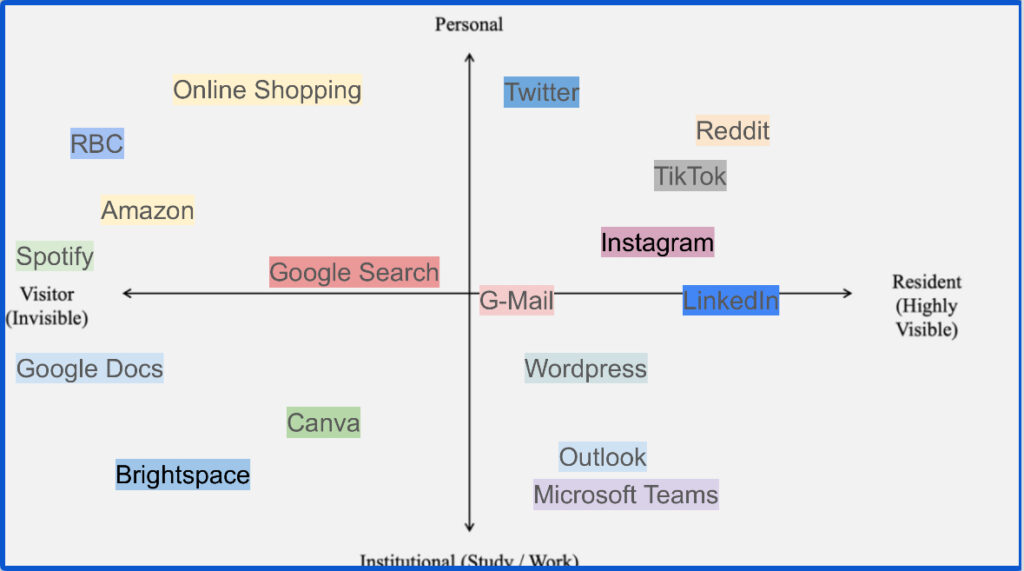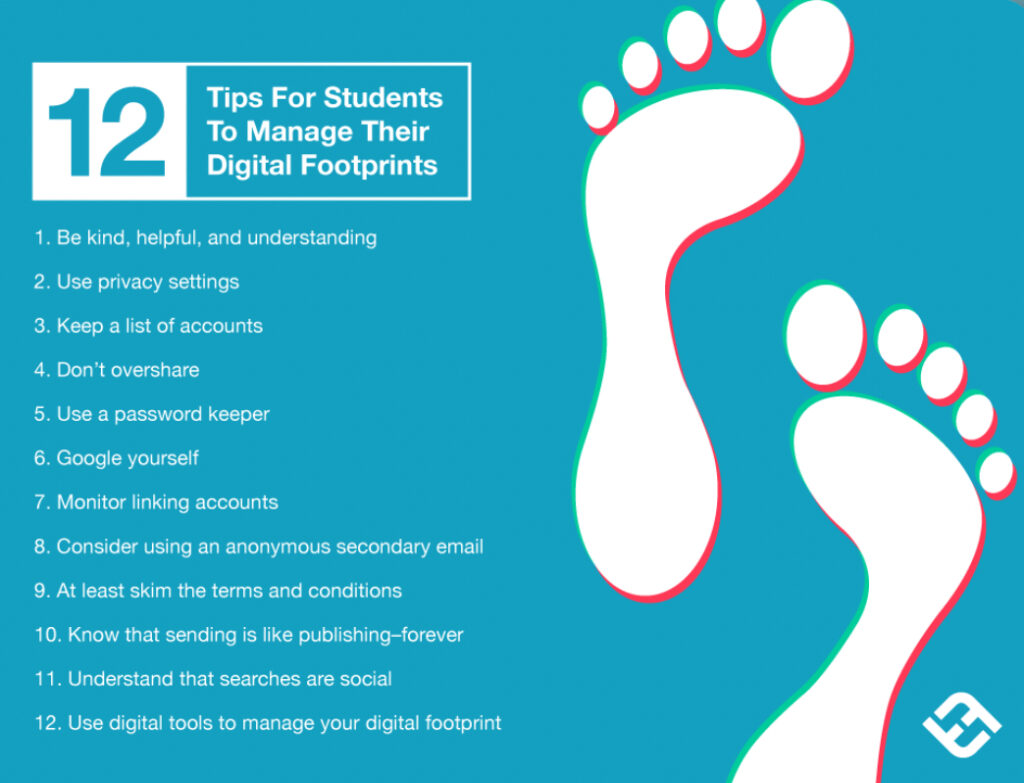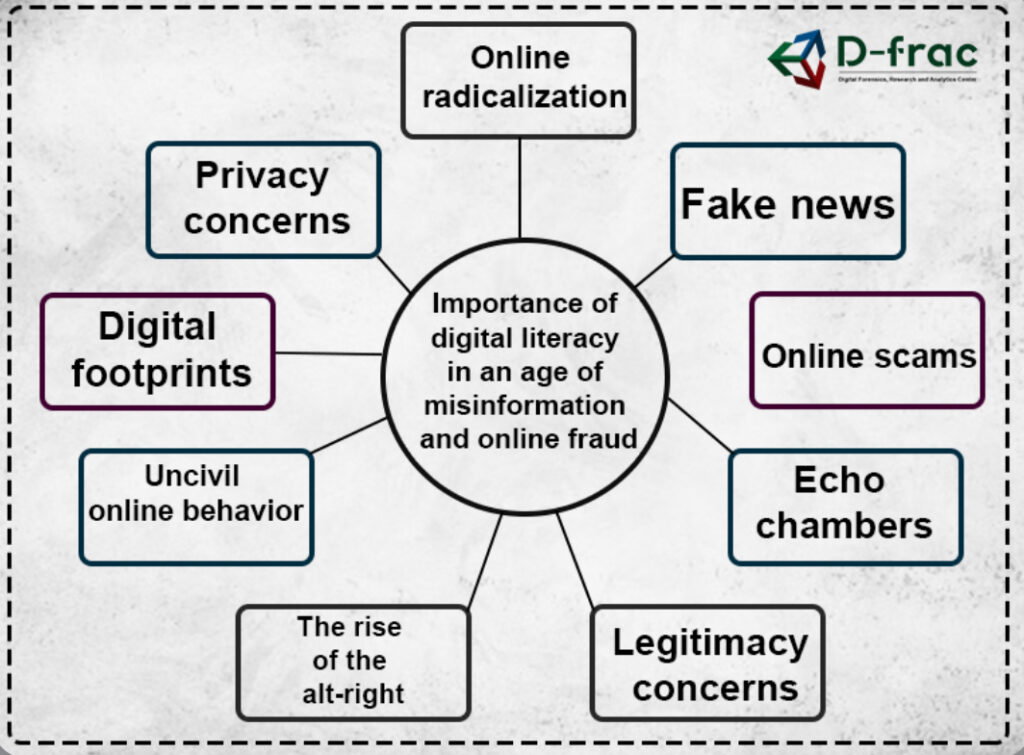Understanding Professional & Personal Digital Identities
Differentiating between personal and professional digital identity is crucial upon navigating the internet. As I mentioned in a previous blog post, users should approach the online world with the same care and caution they would apply in real life because the consequences are just as real.
Professional digital identity encompasses actions and content that contribute to your career and professional developments. For instance, I maintain this blog and have created another blog with future employers in mind; it serves sort of as a digital CV. Other examples include LinkedIn profiles, digital portfolios, or any online presence created to support professional goals.
With that said, I have noticed and I believe many would agreet that my personal digital identity is often more active than my professional identity. The personal includes engaging with social media, streaming platforms, and other online spaces intended for entertainment or personal use. However, I believe that separating the personal from the professional is nearly impossible.
As Eric Stoller (2016) notes, “your presence online, how you engage, and how you treat people online, is your digital identity.” meaning that your action online can still have professional consequences. Stoller (2016) also highlights that everything you do online is a pre-interview, as potential employers may judge you based on your digital presence. A personal post showcasing creativity, for example, could enhance your professional image but a misstep in your personal digital life could just as easily damage it (Stoller, 2016).
One quote from the video What is a Digital Identity? (2015) stood out to me
“Your digital identity is a permanent collection of data about you that is online.”
I found this short video about the importance of understanding and managing your digital identity to be important. While it can be daunting to realize that everything you post online is permanent, there’s also a factor of empowerment in that sense of permanence. As the video suggests, try Googling yourself. If nothing appears, that might seem like a relief, but what if someone has a positive online presence that highlights their achievements (What is a digital identity?, 2015). That will be an asset.
The video also mentions that we should begin to think of our digital identities not as footprints, but as tattoos (What is a digital identity?, 2015).They are lasting, public, and connected to how we are perceived both personally and professionally.
Digital Visitor or Resident? Understanding Forms of Digital Identities
The common notion that people born into this digital age are naturally fluent in digital literacy as if it were a language and that those born before are”digital immigrants” is a misconception, and I am glad it is being challenged. As discussed in Visitors and Residents, digital literacies are extended beyond formal institutions and take action within digital spaces themselves, where individuals of all ages engage with technology in different ways either as visitors or as residents (White, 2013).
Viewing digital engagement through the lens of “visitor” and “resident” modes helps learners better understand their digital identities and online behaviours. For instance, a person in visitor mode may use the internet for task-oriented purposes such paying bills or a quick Google search, leaving little to no social trace (White, 2013). In contrast, someone in resident mode actively engages in online spaces commenting, liking, sharing, and contributing to digital communities thus leaving a visible footprint (White, 2013).
Below, I have included a personal map measuring my engagement as both a digital visitor and resident. It’s important to recognize that these categories exist on a continuum; one is not necessarily better or more advanced than the other (White, 2013). Personally, I see my digital presence as a blend of both roles, and I believe it’s important to recognize that participation, whether subtle or visible, can leave a trace in digital spaces.

Practicing Self-Directed Learning
Practicing and understanding personalized learning theories such as Self-Directed Learning has greatly supported and improved my academic experience as a university student. One resource that has helped guide my approach is a framework published by the University of Waterloo, which outlines key steps for effective self-directed learning. These steps are:
- Assess readiness to learn
- Set learning goals
- Engage in the learning process
- Evaluate learning
Applying these steps in my own academic life, I have developed strategies that help me take ownership of my learning, overall practicing self-directed learning.
How I Practice Self-Directed Learning
| Utilizing apps such as Notion and Excel to organize tasks, set deadlines, and track grades throughout the semester. | ||
| Setting academic goals, such as aiming for certain grade range in each course. | ||
| To Support these goals, I rely on study strategies such as active recall for preparing for exams, and breaking down academic papers into manageable tasks to stay focused and reduce stress. |
Understanding Digital Footprints & Online Safety
It is important to raise awareness about digital footprints, yet I feel this topic is often underemphasized in digital literacy education. As noted in the TED Talk by Miller (2014), young users are warned about dangers like online predators, but not about the long-term implications of their digital footprints or the importance of online safety practices that protect personal information from being leaked. I personally have experienced education which consists of mentioning online predators, but not discussing implications of digital footprints and sharing information on the net.
As a young person growing up in a culture that encourages sharing almost every aspect of our lives online, I understand how easy it is to post without thinking about who might see it or how it might be interpreted in the future. When I was younger, I didn’t give much thought to these questions but as I’ve grown older and entered more professional spaces, I’ve become much more conscious of the potential consequences of my digital presence.
I believe it is important for all users to act online as you would in person. Even when using private or anonymous accounts, the risk of being doxxed or having your identity revealed is a reality. Understanding the responsibilities and risks of being a digital user is key to maintaining safety and professionalism online.
Additionally, in the age of “cancel culture,” many online users encounter criticism or the practice of “cancelling” for posts made in their youth whether taken out of context or rooted in bigotry. While accountability is important, I believe the need to educate people about the long-term impact of their digital footprints and to encourage more thoughtful sharing of personal information online.
A few actions I’ve taken to contribute to a positive digital footprint include sharing academic and personal accomplishments, starting blogs to engage with topics, and most importantly practicing mindfulness. Always think before you act online!

References
TEDx WestVancouverED. (2014, November 10). Revaluate, rethink, release | Jesse Miller | TEDxWestVancouverED [Video]. YouTube. https://www.youtube.com/watch?v=FiGclrVXAws twitter.com+3youtube.com+3m.facebook.com+3
TEDx Talks. (2014, September 19). The revolution of self‑directed learning | Sean Bengry | TEDxFlourCity [Video]. YouTube. https://www.youtube.com/watch?v=3L9qU7Y-oaA
Teaching & Learning Innovations CSUCI. (2015, June 25). What is a digital identity? [Video]. YouTube. https://www.youtube.com/watch?v=uJzuDcyR0WM prezi.com+7youtube.com+7share.kas.tw+7
University of Derby. (2015, November 26). Eric Stoller – What is your digital identity? [Video]. YouTube. https://www.youtube.com/watch?v=u0RryRbJza0&t=18s
University of Waterloo Centre for Teaching Excellence. (n.d.). Self‑Directed Learning: A four‑step process. University of Waterloo. https://uwaterloo.ca/centre-for-teaching-excellence/catalogs/tip-sheets/self-directed-learning-four-step-process scribd.com+15uwaterloo.ca+15implementingthecompetencies.weebly.com+15
White, D. (2014, March 10). Visitors and Residents [Video]. YouTube. https://www.youtube.com/watch?v=sPOG3iThmRI

Recent Comments